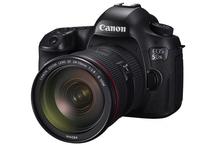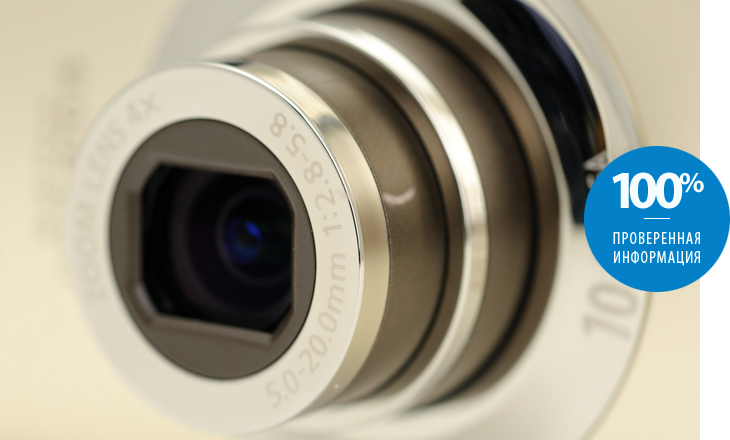
A compact camera can be a great addition to a smartphone. Such a device has a larger matrix, which allows it to make better pictures. This technique now produces many large companies. In this regard, the choice of a compact camera is slightly difficult. An untrained person may not understand how one model differs from another.
When choosing a camera, be sure to familiarize yourself with the technical specifications. Appearance does not play any role! First of all, be guided by the type and size of the matrix. Also pay attention to the lens. The better it is - the more aperture will please the camera. If the optics is set to be the simplest, then in the future you will regularly get a blurred picture. You can also focus on the video function - the compact should take a picture at least at a resolution of 720p. There are many other useful features that can be endowed with a good compact camera. We will try to tell about all of them in this article.
Size and type of matrix
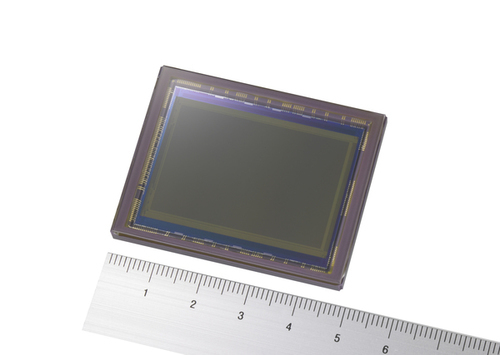
Photo: prophotos.ru
The quality of the images is most dependent on the size of the matrix. This element captures the image entering it through the lens. If the sensor has a minimum size (1 / 2.3 inches), then we can not hope for high detail. In most cases, the picture will be "zamylennoy." Especially if you look at it on a good monitor and on a 100 percent scale. That is why compacts are popularly called "soap cases".
The best shots are obtained with a camera with a full-frame matrix. The dimensions of the sensor in this case are comparable with the frame size of a 35-mm film. This is a very large matrix, and therefore the cameras equipped with it are rarely small. Such compacts get the minimum optical zoom (you can not argue with the laws of optics), a decent weight and a very high price tag. But only such cameras are able to compete in image quality with SLRs and system cameras.
Cheap devices are not only equipped with a small matrix. Their sensor is created using outdated CCD technology. It does not allow to implement a competent video function, and the noise reduction system in this case does not work in the best way. A camera with such a matrix should be bought only as a last resort, when you are not able to add a couple of thousand rubles to a better camera. If you have no such problems, then purchase a compact with CMOS-matrix. The ideal option would be a camera, the sensor of which is not only made using this technology, but also has a size larger than 1 / 2.3 inch. Such a device will definitely shoot better than the most expensive smartphone.
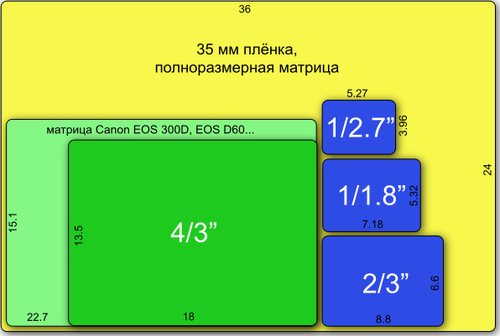
Above, you see a picture that compares matrices of different sizes. This example will allow you to understand how the cheapest compact cameras have minimalist sensors.
Optical unit
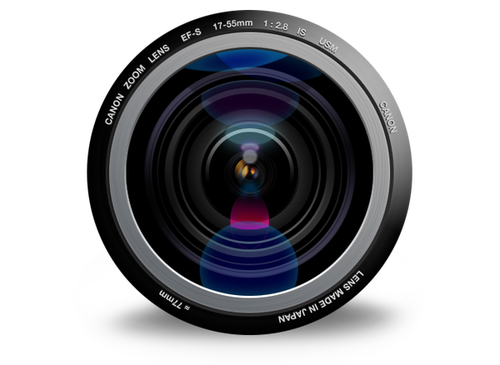
Some compact cameras are not at all in practice. In size, these models are comparable with SLR cameras. This is due to the presence of a very large lens. Such optics is endowed with a very wide range of focal lengths, which allows you to greatly increase the image without losing quality. Sometimes these compacts get a 50x optical zoom. However, it should be understood that such devices have in their composition a minimum size matrix - you should not expect great quality from photos.
Modern technologies allow us to give the camera fits in a pocket 20-fold zoom.Moreover, some Japanese companies began to introduce even a 30-fold optical zoom. This is quite enough in travels and during city shooting. The disadvantage of such devices is only the high price - the production of such sophisticated optics costs tangible money.
The cheapest compacts are endowed with a very modest range of focal lengths. But in most cases it is enough. In addition, smartphones are not yet able to boast of this - the vast majority of them have no zoom at all. By the way, some advanced compact cameras also have a fixed focal length. This is due to design features. Most often, such devices are used for portraits.
LCD display and viewfinder
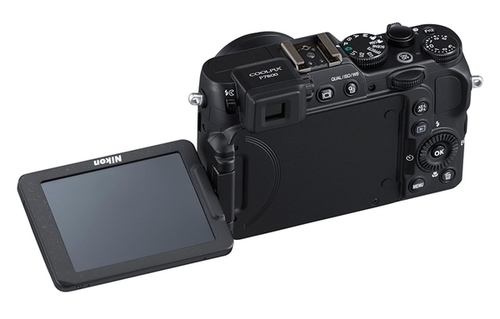
Photo: 3dnews.ru
Any modern compact camera is equipped with an LCD display. The larger its diagonal is, the easier it is to carry out sighting (to build a frame). Also plays a big role screen production technology. In particular, AMOLED-display consumes the minimum amount of energy and displays the closest to reality color. The touch pad will greatly simplify the journey through the menu items. But the most attention should be paid to the display resolution and the presence of a rotary or inclined mechanism. If the screen consists of only three hundred thousand pixels, then you can only view the final image in detail on the computer. Well, the swivel mechanism makes it easy to shoot from non-standard angles. It can also help in taking self portraits.
Not every compact camera has an electronic viewfinder. And practice shows that its presence does not play a big role. If you are still looking for a device with this element, be sure to pay attention to its resolution. Ideal viewfinders consist of a couple of millions of pixels.
Other features
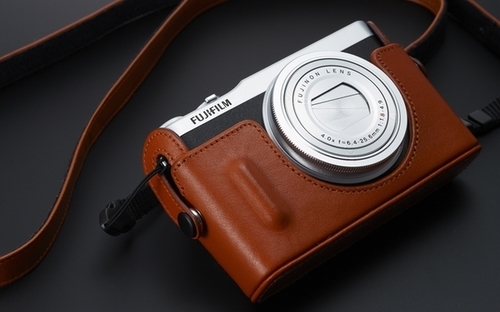
Photo: 3dnews.ru
When choosing a compact camera, you should pay attention to other technologies supported by it. If you like to shoot video - the camera should be able to do it at high resolution. It is also desirable to have an optical image stabilizer, due to which the shaking of your hands does not affect the shooting.
Holders of smartphones and tablets should look for a compact with a wireless module Wi-Fi. This will allow you to quickly transfer the finished material to another device over the air, without using a USB cable. Also with the help of such a module, remote control is organized - the smartphone will act as a remote viewfinder.
After some time, you may want to develop your skills as a photographer. Unfortunately, not all compacts allow you to do this. Be sure to specify what modes the compact camera has. If it contains semi-automatic and manual programs, then in the future you will be able to independently adjust the aperture value and shutter speed, without relying on the actions of electronics.
Most Popular Manufacturers
Canon
The Japanese company Canon was founded in 1937. Since then, she has produced a huge number of film cameras, digital cameras, video cameras and printers. Now it is one of the largest companies of this kind. Over 190 thousand people work for its benefit.
Nikon
Nikon was founded in 1917. Its headquarters is located in the capital of Japan. The number of employees is about three tens of thousands of people. The manufacturer of various optical equipment (except for cameras such as microscopes, binoculars and other equipment) is part of the Mitsubishi Group.
Sony
The Japanese company Sony began its activities with the production of radio receivers. It was founded in 1946. The creation of cameras began only with the advent of the digital era - the film devices were never made by the company. The number of employees exceeds 140 thousand people. Now the Japanese are actively developing the direction of production of matrices for smartphones - other companies actively use their products.
Samsung
The South Korean company Samsung was founded in 1938 and has never been involved in the production of film cameras. Instead, she created household appliances, computer components, mobile phones and other equipment. However, now you can easily buy a compact or even a Samsung system camera. Also, South Koreans are trying to combine similar equipment and smartphones, creating cameras with the Android operating system installed.
Fujifilm
Fujifilm was founded in 1934. For a long time, she earned the greatest money not so much on photo equipment, as on video and photographic film. Forget about this direction had only with the advent of the digital era. Now on the shelves of stores you can find compact and mirrorless Fujifilm cameras, characterized by low weight and sane cost.
Olympus
The Japanese company Olympus Corporation was founded in 1919. The headquarters is located in Tokyo, and the number of employees around the world exceeds 40 thousand people. In addition to the production of photographic equipment, the company is engaged in the creation of medical devices and other electronic equipment. This company was one of the first to promote the format of the micro 4/3 matrix and cameras equipped with it.
Panasonic
The Japanese company Panasonic was founded in 1918. Production of various vehicles began with radio receivers - the most popular product in the first half of the 20th century. The Panasonic product range for a long time includes video cameras. At first they were analog devices that write a picture on a videotape. Now all camcorders are digital. Along the way, the Japanese started producing compact cameras, since their structure is very similar.
Pentax
Photographic equipment manufacturer Pentax is now owned by a younger company. In this regard, devices under this brand are becoming increasingly rare. In general, Pentax SLR cameras, which are distinguished by modern design and moisture protection, are now widely popular.
Leica
The company's products Leica Camera AG has long won the respect among photographers around the world. The manufacturer of optical equipment was founded in Germany in 1849. Now his cameras are considered elite, due to which they have an extremely high price tag.
Ricoh
Under the brand Ricoh originally made copiers. The creation of photographic equipment Japanese company, founded in 1936, took up only after the onset of the digital era. But most actively this direction began to develop after the absorption of Pentax Imaging Corporation, which happened in the fall of 2011.
Polaroid
The brand Polaroid is familiar with instant cameras that were popular in the 90s of the last century. However, the American company, founded in 1937, was far from always engaged in their production. The greatest profit it receives from the sale of sunglasses. In 2009, the manufacturer decided to return to the camera market again. Now in its range you can find several digital cameras endowed with a built-in printer.
Kodak
Eastman Kodak Company is considered the oldest manufacturer of photographic equipment. It was founded by the American George Eastman back in 1881. Unfortunately, at the turn of the XX and XXI centuries, the company’s management did not have time to pay attention to the development and popularization of digital devices. In this regard, the producer of the photographic film and the cameras working with its help were in for difficult times. Now, in some stores you can find Kodak compact cameras, but in fact they are made by JK Imaging. These devices are distinguished by low functionality and minimal cost.
Recommendations for selection
Compact camera for home shooting
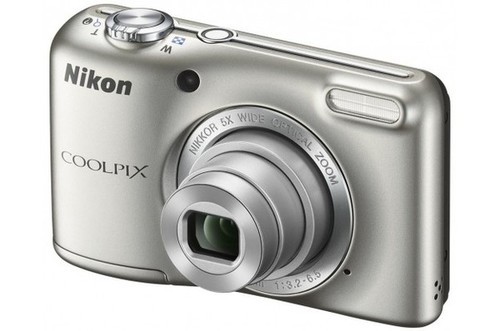
First of all, you should pay attention to:
- Lens - The minimum focal length should be 25 mm or even less.
- Cost of - if you are not going to use the camera outside the home, then taking an expensive model does not make sense.
- Built-in flash - she is obliged to be present in such a chamber.
The camera for home shooting should not have a rich functionality and an incredible lens. Such a device will rarely be used by you, so it makes no sense to overpay.
Vacation compact camera
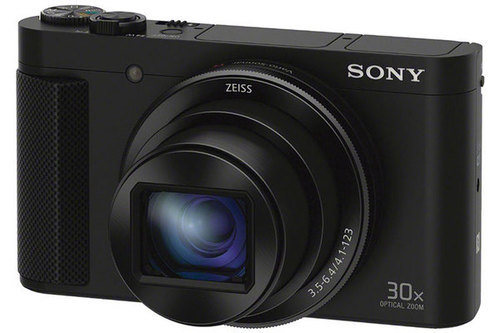
Pay attention to:
- Wireless module - The presence of Wi-Fi will instantly send colorful photos to a social network, boasting to friends.
- Lens - It must have a wide range of focal lengths, a 20x zoom is required for shooting monuments and buildings from afar.
- Dimensions and weight - The camera for vacation must be compact, not only by definition.
Be sure you do not want to fly or go on vacation with a huge camera. Therefore, the device should have a miniature size, while providing a decent optical zoom. You should also buy an additional battery, because you can charge the staff only in the evening. And do not forget about the built-in flash - you do not want to burden the luggage with an external accessory?
Compact underwater camera
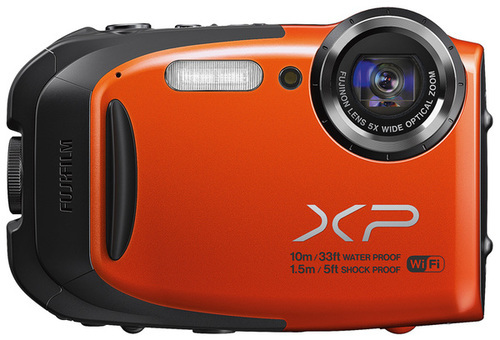
Photo: bt-test.ru
You should focus on:
- Water protection - the camera without any boxes must withstand immersions to a depth of at least 10 m.
- Built-in flash - it must be powerful enough, because visibility under water is much worse.
- Duration of battery life - it should be very long, since the flash and the LEDs (if available) consume a significant amount of electricity.
For underwater shooting you need a camera capable of that. It's simple. It does not interfere with the presence of a ring of LEDs on the front panel - such an element illuminates the space near the lens much better. Also the bright color of the case is desirable - it will help to find the device in case of its falling into the water, snow or on the ground.
Compact camera for video shooting
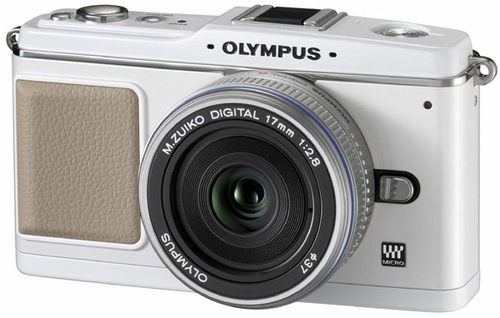
Photo: pics.photographer.ru
In this case, you should pay attention to:
- Duration of battery life - Remember that in video mode, battery power is spent much more.
- Video resolution and frequency - it is desirable to purchase a compact capable of recording images at a resolution of Full HD with a frequency of 50 frames / s.
- Lens - The camera must have aperture optics.
If you are seriously going to get carried away with video, then get ready for the increased costs. An ideal compact for this purpose is required to provide a ring with which the optical zoom, aperture or shutter speed can be adjusted. The lens should provide not only a high aperture ratio, but also a decent range of focal lengths.
Compact for development of skills of the photographer
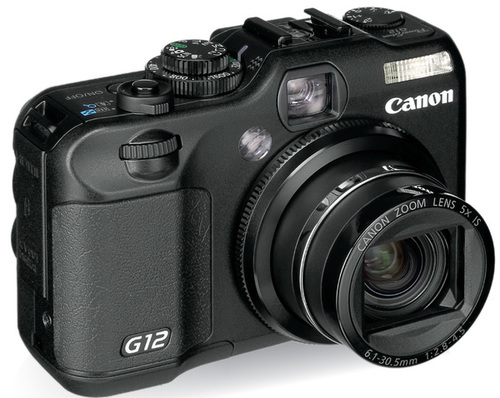
If you are ready to experiment, then pay attention to:
- Matrix size - you need at least an inch sensor.
- Presence of manual settings - The camera must provide the ability to adjust the aperture and shutter speed.
- Lens - it must have a high aperture ratio, which will significantly improve the quality of images.
An advanced compact must possess a large number of controls. Believe me, it’s much easier to change the diaphragm to spin the disc rather than crawl through the menu. And you should not save - such devices can cost almost more than SLR cameras. But such a device is much easier to carry around.
